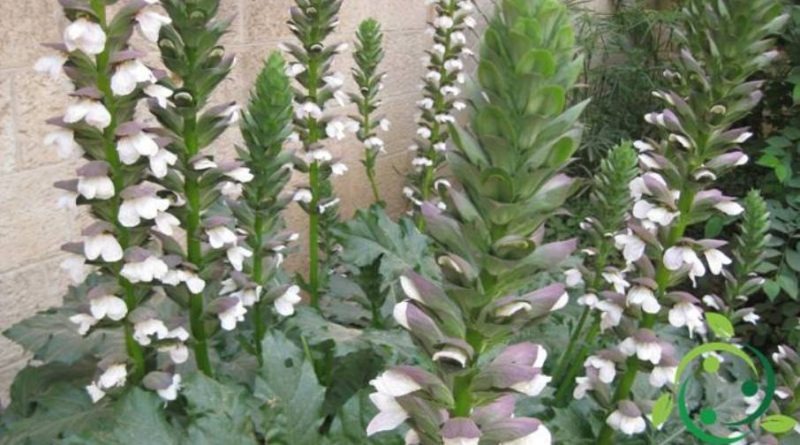How to grow the common acanthus
How to grow the common acanthus
The common acanthus (Acanthus mollis L.) is a plant also known for some medicinal properties, astringent and emollient properties; we use macerates of leaves to treat inflammation and skin burns. It is used as a cough and expectorant sedative. In this sheet we will see how to grow the common acanthus.
The most suitable time to plant acanthus is between April and May, when there is no longer any frost. It is important during the transplanting phase (if you start from seedbed) not to damage the roots because the acanthus does not recover easily. In the soil it is sufficient to dig small holes in which to place the seedlings distancing them from 0.80 to 1 meter. Irrigation must start immediately; afterwards, it will be sufficient to water the plant only during particularly dry periods.
It is a plant that can grow well if the soil is fertile and without any stagnation. Recall that the common acanthus prefers dry habitats with an alkaline pH (this is also an indicator of the type of soil). It can be implanted indifferently both in full sun and in areas with half shade but if we want abundant blooms (in the period between May and August) we must choose sunny locations.
Acanthus mollis in the wild is mainly pollinated by bees, so natural reproduction and diffusion takes place through the seeds. For cultivation you can therefore start from seed in March in cold bed, or you can take root cuttings in spring. The propagation of the acanthus can then be carried out by sowing, or by cutting or division of the tufts. The acanthus seeds are recovered in the fall, before the capsules containing the seeds hatch. In addition to natural sowing, you can sow in the ground in April or May in the colder areas. The first blooms will be after 3 years. If you start from cuttings, these must be prepared by cutting a branch (about 10 cm) obliquely with a sharp tool. On the cuttings should be left the leaves placed higher; after which they are placed in small pots with soil composed of peat and sand. You can also operate by division of tufts (in autumn or winter) but it is a technique that can give poor results because the acanthus is a very delicate plant.
Although the acanthus is a plant that grows in poor soil, if we want abundant blooms we recommend a preventive organic fertilization and periodic fertilizations with compost or earthworm humus.
Among the most important cultivation operations, it should be remembered that after the flowering period, the Acanthus mollis must be cleaned of the stems that have flowered with a cut at the base without damaging the root system. If this plant finds optimal conditions it can get to invade a lot of space; in these cases it is advisable to limit the cultivation in areas or pre-arranged beds so that the root system can not expand beyond.
Among the most annoying parasites are snails and slugs which feed on the tender foliage.

